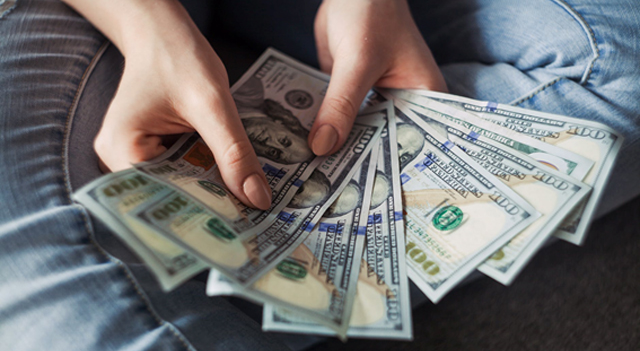The U.S. dollar experienced a minor rebound on Wednesday but stayed close to its lowest levels seen in several years, as investors balanced cautious signals from Federal Reserve Chair Jerome Powell with the Senate’s recent approval of President Donald Trump’s broad fiscal plan.
By 04:15 ET, the Dollar Index — which tracks the greenback against six major currencies — ticked up 0.1% to 95.512, lingering just above its lowest mark since February 2022.
Fiscal Package and Fed Independence Under the Microscope
The Republican-led Senate narrowly approved a comprehensive tax and spending bill overnight, with Vice President JD Vance casting the deciding vote. This legislation, expected to add approximately $3.3 trillion to the national debt, now moves back to the House of Representatives for additional review before potentially becoming law.
Adding to downward pressure on the dollar, President Trump has repeatedly criticized Fed Chair Powell, putting the spotlight on the central bank’s autonomy.
Speaking at a recent forum in Sintra, Portugal, Powell underscored a cautious, data-dependent approach to monetary policy, signaling that upcoming employment and inflation reports will heavily influence the dollar’s direction. Analysts at ING pointed out that Powell “left open the possibility of a rate cut in July,” indicating that a weak jobs report could prompt markets to price in easing sooner than expected.
Ahead of Thursday’s official U.S. jobs release, attention is on Wednesday’s ADP National Employment Report, which economists forecast will show private payrolls increasing to 99,000 in June, up from 37,000 in May.
Recent labor market data has painted a mixed picture — job openings rose unexpectedly in May, but hiring showed signs of slowing, suggesting a potential cooling in what has otherwise been a robust employment sector.
Euro Strength Reflects Economic Resilience
In Europe, the euro slipped 0.2% against the dollar to 1.1778, just below its strongest level since September 2021. The euro has posted its best first half-year performance on record, according to London Stock Exchange Group data.
ECB President Christine Lagarde credited the euro’s strength not only to market dynamics but also to the solid fundamentals of the eurozone economy. At the ECB’s Central Banking Conference, she noted, “This reflects both market sentiment and the underlying health of our economy.”
Following its eighth rate cut within a year last month, the ECB signaled it would likely hold interest rates steady at its upcoming meeting while monitoring new economic data. ING analysts remarked, “The ECB adopted a slightly more hawkish stance in June and appears prepared to pause before making further policy changes.”
The EUR/USD rate continues to hinge largely on the dollar’s movements, with investors eager to buy on dips — a pattern evident after rebounds triggered by stronger U.S. data. ING also suggested that a move toward 1.20 is possible if the U.S. payroll report disappoints.
Pound Slides Amid Political Uncertainty
The British pound fell 0.3% to 1.3709, pulling back from Tuesday’s high near 1.3787 — its strongest level since October 2021. Sterling’s decline mirrors ongoing political difficulties faced by the Labour government, which recently made major concessions to pass welfare reforms in Parliament.
According to ING, “The UK government scrapped a planned £5 billion cut to benefits after a revolt from Labour backbenchers. This development raises questions about PM Starmer’s leadership stability and increases the odds of tax hikes this autumn.”
Asian Currencies and Trade Negotiations
In Asian trading, the dollar gained 0.3% against the Japanese yen, reaching 143.83, as markets focused on ongoing trade talks between Washington and Tokyo, which President Trump recently described as fragile.
Meanwhile, the USD/CNY pair inched up to 7.1672, with the Chinese yuan weakening slightly as the dollar hovered near three-year lows.
